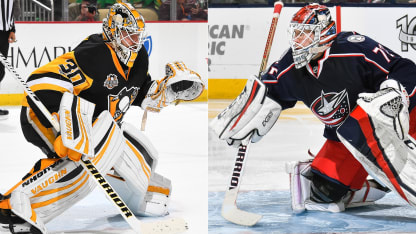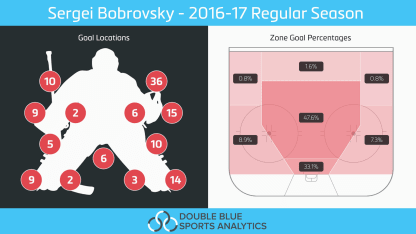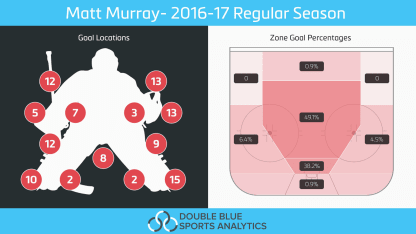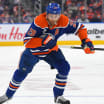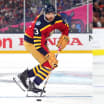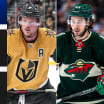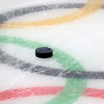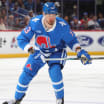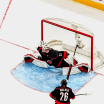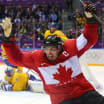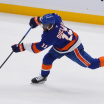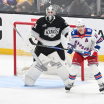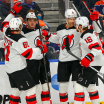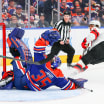Goaltending plays an integral part in the Stanley Cup Playoffs, so much like many NHL goalie coaches do before a playoff series, NHL.com charted every goal scored against each goalie this season with the help of Double Blue Sport Analytics. Graphics showing where goals went in and shots were taken are nice but the real value is tracking and analyzing the types of plays that led to them, and whether they reveal strengths, weaknesses and tendencies that can be targeted.
Matt Murray vs. Sergei Bobrovsky
Similarities, differences between Blue Jackets, Penguins goalies could decide winner of first-round series
